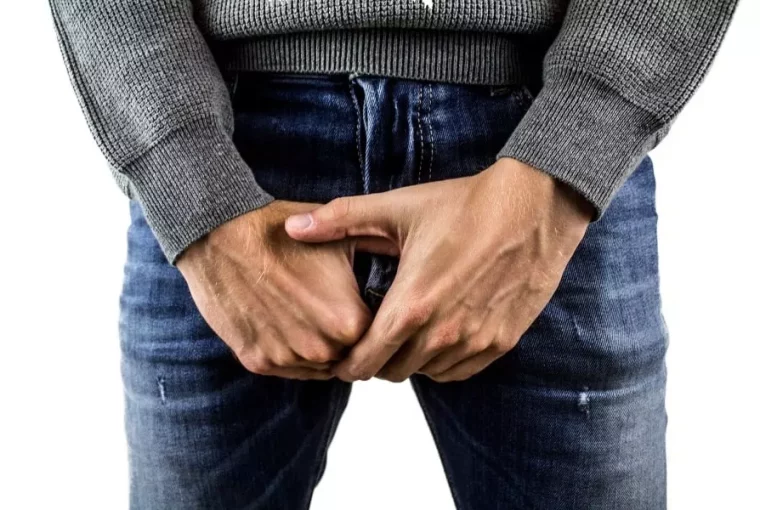Hirsutoid papillomas, also called pearly penile papules, refer to small skin-colored cysts commonly found around the head and the shaft of the human penis. These tiny cysts don’t cause any pain or discomfort, and they’re also not usually a cause for alarm apart from their effect on the appearance of the male genitalia. Also, they often go away naturally without any treatment and are proven to be non-contagious.
However, some men may wish to remove these bumps to improve the appearance of their genital area. This decision may be because penile papules often get mistaken for a sexually-transmitted disease or a sign of poor hygiene. Also, some may feel more conscious of the appearance of their genitals, especially during moments of intimacy. For these reasons, those who seek treatment often do so purely for cosmetic purposes.
If you’d like to know what causes cysts on the penis and how to get rid of penile papules, here are some points you may find helpful:
Causes Of Penile Papules
It’s common for many to mistake having penile papules as an illness or as a sign of poor hygiene. However, this condition has been proven to appear without outside sources, contrary to popular belief. Penile papules don’t signify any infection, wound, or ailments, and they can occur even when a person maintains good genital hygiene.
Moreover, according to American Urological Association, the small cysts that grew on the penis were developed as a male embryo grew in the womb. Thus, they’re considered a normal part of the male genitalia and don’t pose health hazards.
Furthermore, there are no available methods to prevent the growth of pearly penile papules since they’re not caused by any outside stimulus. While they’re more common among men who aren’t circumcised, circumcision doesn’t guarantee that the penis won’t grow bumps in the future.
It’s usually easy to determine the presence of penile papules on the male genitalia. A specialist may only need a visual assessment of the area and identify whether the cysts are bumps or warts. Here are some examples of how penile papules can be identified:
- Penile papules come in varying shades of pink, yellow, or white shades, and may appear shiny.
- The papules appear to be tiny, round bumps that make the shaft or the head of the genitalia feel a little rough to the touch.
- Penile papules grow in one or two rows around the head of the penis or at random places around the shaft.
While no medical intervention is required once they’re discovered, the patient may choose to seek removal treatments if the condition makes them feel uncomfortable. Some men experience psychological distress because of how the papules affect the appearance of the genitalia, and this is an excellent reason to consider removal treatments for them.
Treatments For Penile Papules
Commonly, being diagnosed with having pearly penile papules won’t require any medical treatment as they’re not harmful to one’s health. However, in rare instances where the bumps on the penis may appear or feel different, your doctor might recommend a biopsy to study the tissues and see if there’s any cause for concern.
If you’d like to have your penile papules safely removed, here are some options you can consider:
- Cryosurgery: A procedure in which the penile papules are frozen to a point where they’ll go away independently
- Surgical removal: Each blemish will be carefully removed from the skin using a scalpel
- Laser surgery: The cysts will be dissolved using infrared energy
Apart from these procedures, you may also encounter other treatment options offered in various clinics or hospitals. While each treatment type comes with its advantages and risks, it’s essential to consult with your doctor to see which one will suit you best. Aside from this, you’ll also need to consider other factors that come with undergoing surgical procedures, such as pain level and tolerance, scarring, recovery period, and aftercare instructions.
Moreover, you may come across over-the-counter creams, lotions, or ointments sold in drugstores and shops that claim to be a safe and effective way to remove penile papules. While eliminating the bumps using home remedies and self-medication may seem like a more convenient solution, it’s best to consult with your doctor to avoid adverse reactions to these treatments. Also, you’ll need to take care of your genital skin, especially ones around the afflicted area, to ensure that you’ll be ready for medical procedures.
Conclusion
Having penile papules shouldn’t be a cause for concern over one’s health or hygiene, although it’s quite common for men with such normal growths to feel more conscious about their genitalia’s appearance. However, these bumps shouldn’t get in the way of sexual intimacy or their overall confidence, and this is why it may be helpful to consult with a urologist to see what your treatment options are if you want to have them removed.




